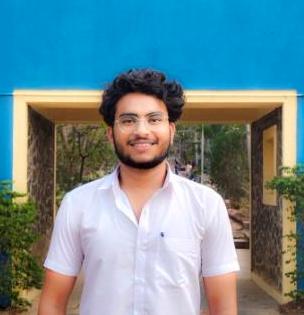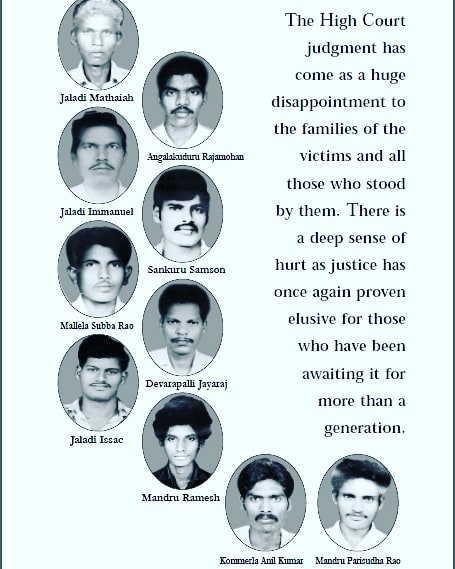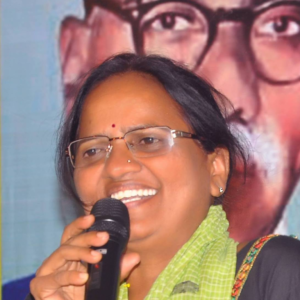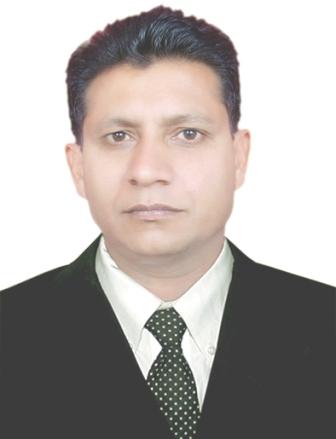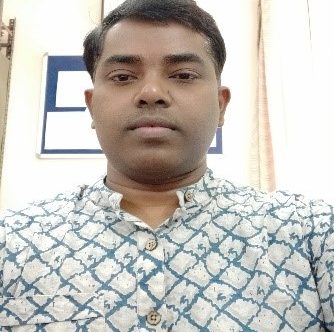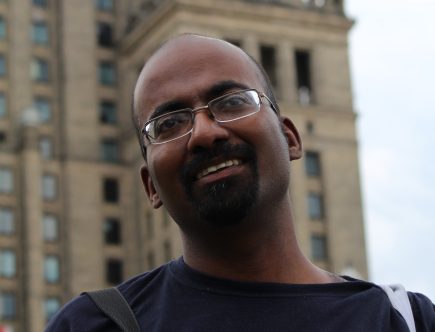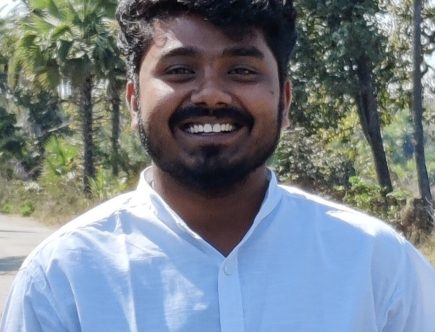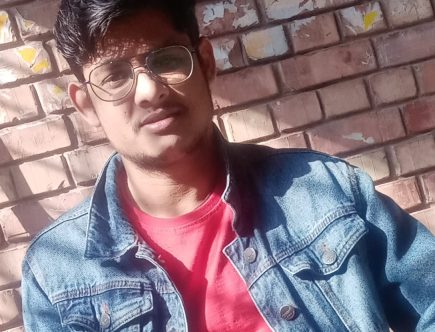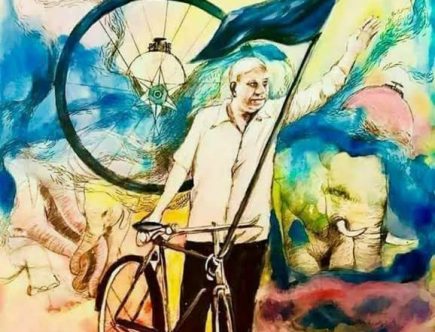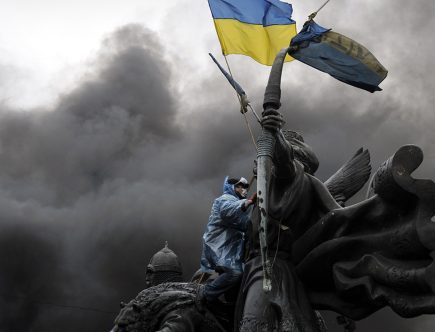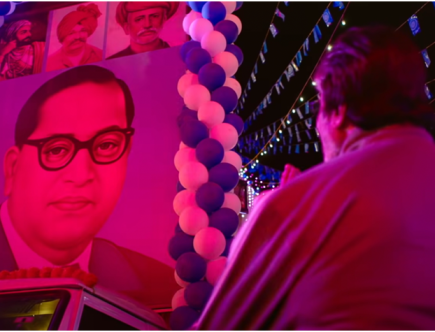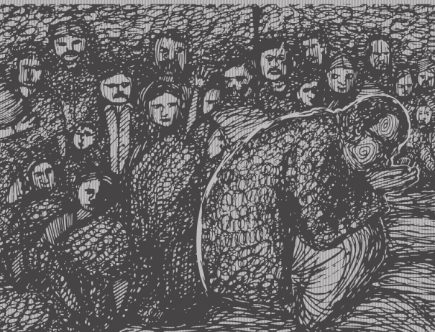Chhotelal Kumar The Adivasi is frequently mistaken as a “noble savage” who leads a primitive lifestyle. His social and cultural traditions are perceived as unsophisticated and based on superstitions. In central India, tribals have their own religions, the most notable of which is Sarna, followed by Adivasis of Chotanagpur, and Koyapun, followed by Gonds …
Sanghi agenda: Religious polarisation among Adivasi communities




